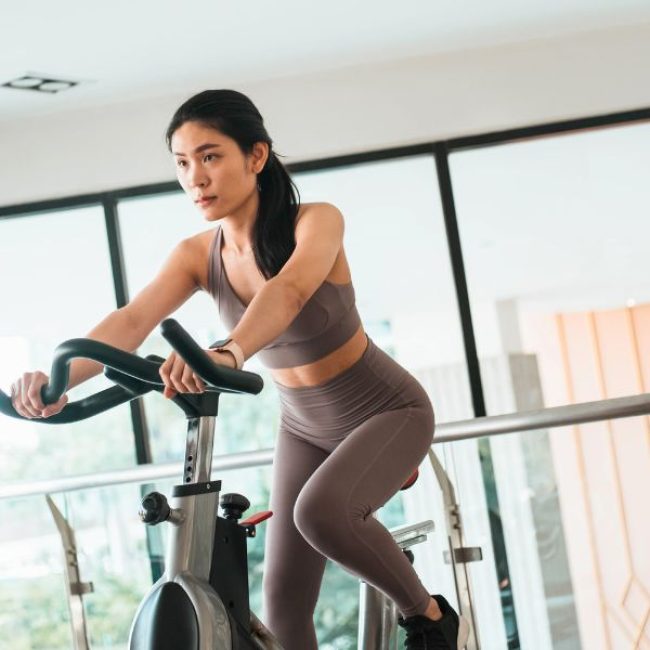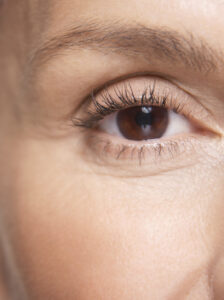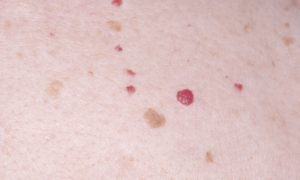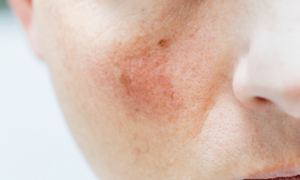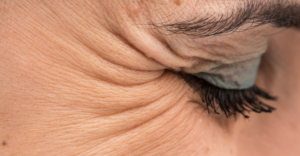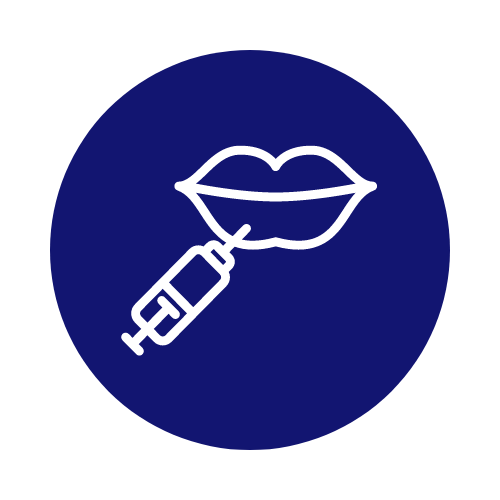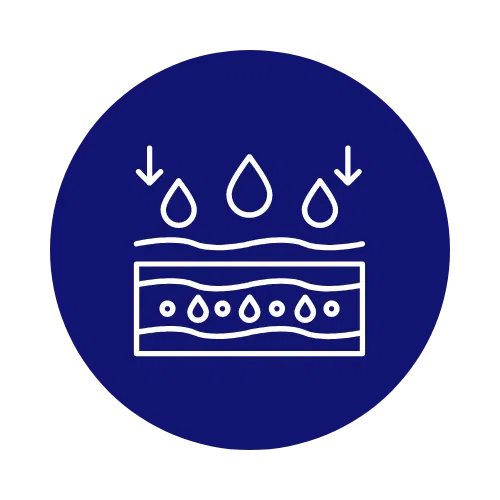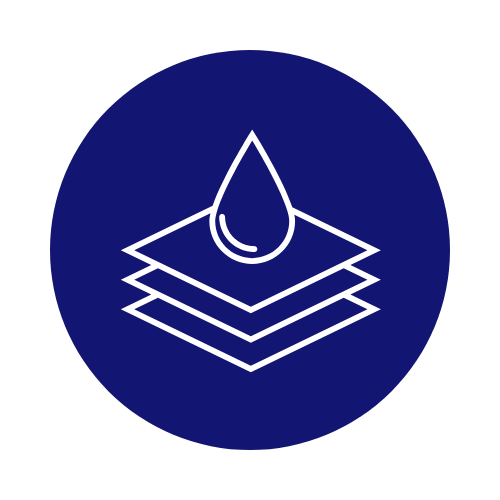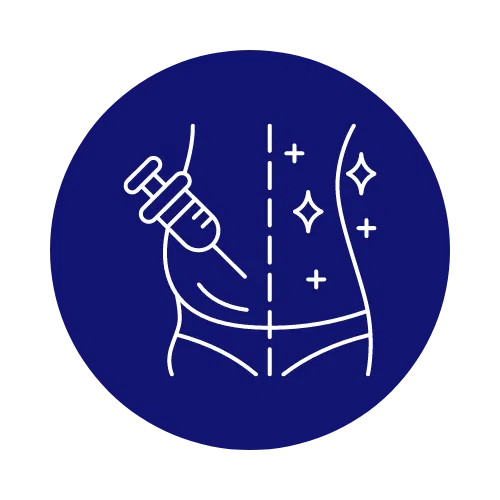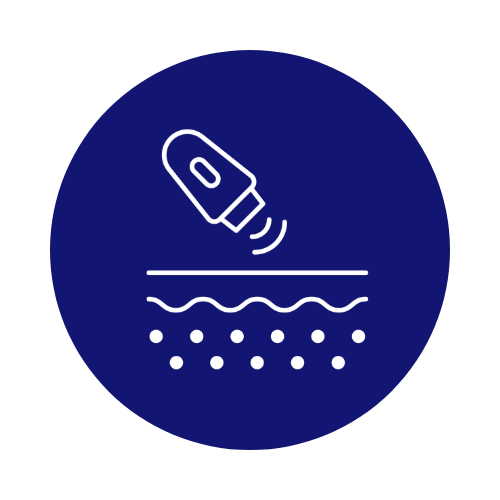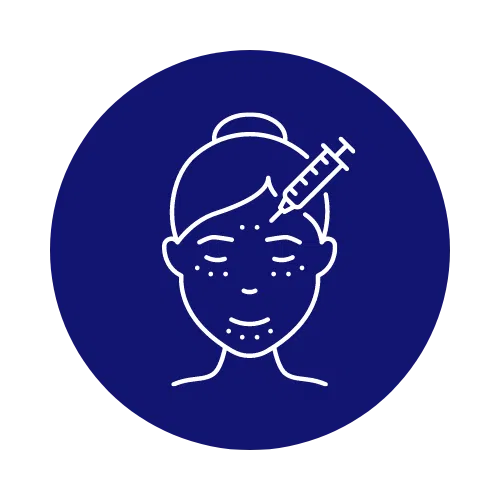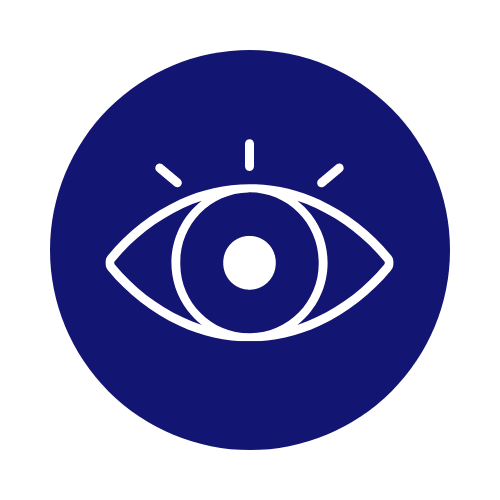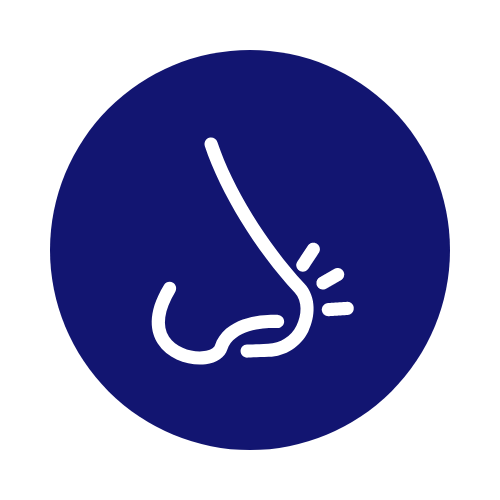In today’s fast-paced world, many individuals are juggling the pursuit of a youthful, refreshed appearance with an active, fitness-oriented lifestyle. As Botox continues to gain popularity as a non-surgical solution for reducing the appearance of fine lines and wrinkles, a common question arises: can you maintain your exercise routine after undergoing this cosmetic treatment?
The desire to look and feel your best can sometimes seem at odds, leaving many curious about how to strike the perfect balance. Our guide delves into the intricacies of exercising after Botox, addressing concerns, providing expert recommendations, and offering invaluable insights to help you navigate this topic with confidence and achieve the best possible results.
Key Takeaways
- Immediate Rest Recommended: It’s best to avoid exercise right after Botox.
-
Understanding the Risks: Learn why caution is advised following treatment.
-
Timing Your Workouts: Know when it’s safe to resume exercise.
-
Protecting Your Results: Tips to keep your Botox looking its best.
The Importance of Post-Treatment Care
Why Exercise Should Wait
After receiving Botox injections, the importance of post-treatment care cannot be overstated.
Proper botox aftercare is important to ensure the effectiveness of the treatment and to achieve the desired aesthetic outcomes.
Following post-treatment guidelines, such as avoiding certain activities, plays a vital role in this process. Among these activities, exercise is particularly significant due to its potential impact on the treatment results.
At Eden Medical you will receive an email with your aftercare for your given treatment which will go in to detail on this.
Recommended Wait Times
To keep your Botox results looking their best, you should take it easy for a bit.
Doctors recommend holding off on any heavy workouts for 24 to 48 hours after your treatment. This gives Botox a chance to settle in and start doing its job without any issues. Following this advice ensures the best outcome for your treatment, making sure you get the smooth, fresh look you’re after.
During this short break from the gym, it’s okay to do some light activities, but try to avoid anything too vigorous that gets your heart racing or your blood pumping too hard.
A little patience now means a longer-lasting, stunning look that’s well worth the wait.
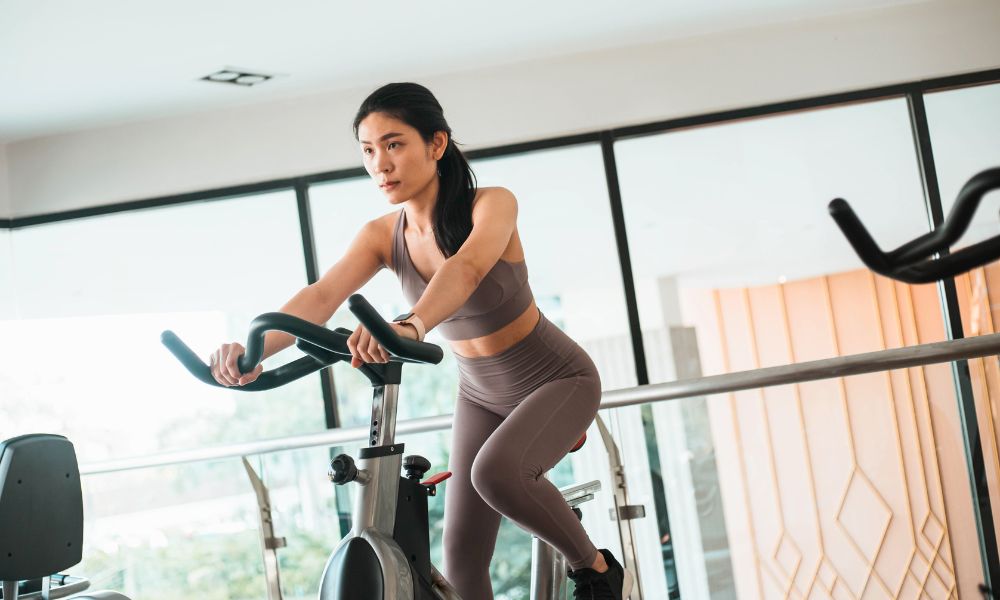
Risks of Exercising Too Soon
Increased Blood Flow and Botox Dispersion
The Impact on Recovery
Exercising too soon might not only spread the product but also increase swelling or bruising at the injection sites, extending recovery time. After Botox injections, it’s common to experience some mild swelling, redness, and bruising around the treated areas. Engaging in strenuous physical activity before these side effects have subsided can worsen them, leading to more pronounced swelling and bruising. This can prolong the recovery process and delay the full effects of the treatment from becoming visible.
Additionally, excessive movement and strain on the treated muscles may potentially increase the risk of developing headaches or other discomforts during the initial healing phase.
Guidelines for Resuming Exercise
Gradual Return to Activity
Making a careful comeback to your fitness routine after Botox is essential for keeping those results looking spot on.
Begin with light and easy activities, like a leisurely walk in the park or a gentle yoga class.
These activities are not just about getting back into the swing of things; they’re about doing so in a way that ensures your Botox treatment remains effective.
Walking and gentle yoga are perfect because they get the blood flowing without putting too much pressure on your body.
This approach helps maintain the integrity of the Botox work, allowing the treatment to fully take hold and work its magic.
Listening to Your Body
After a Botox session, being in tune with your body’s signals is more important than ever. It’s all about paying close attention to how you’re feeling.
Any discomfort, tenderness, or swelling could be your body’s way of telling you to take a step back and rest a bit more.
Ignoring these signs and pushing through could compromise your recovery and the results of your treatment.
Instead, take these signs seriously—slowing down and giving your body the extra time it needs to heal properly ensures that you not only look great but also feel great.
Final Thoughts
While staying active is important for overall health, taking a short break from your exercise routine after Botox is key to ensuring the best possible results.
By understanding the reasons behind the recommended wait times and following these guidelines, you can enjoy both your fitness journey and your refreshed appearance without compromise.

